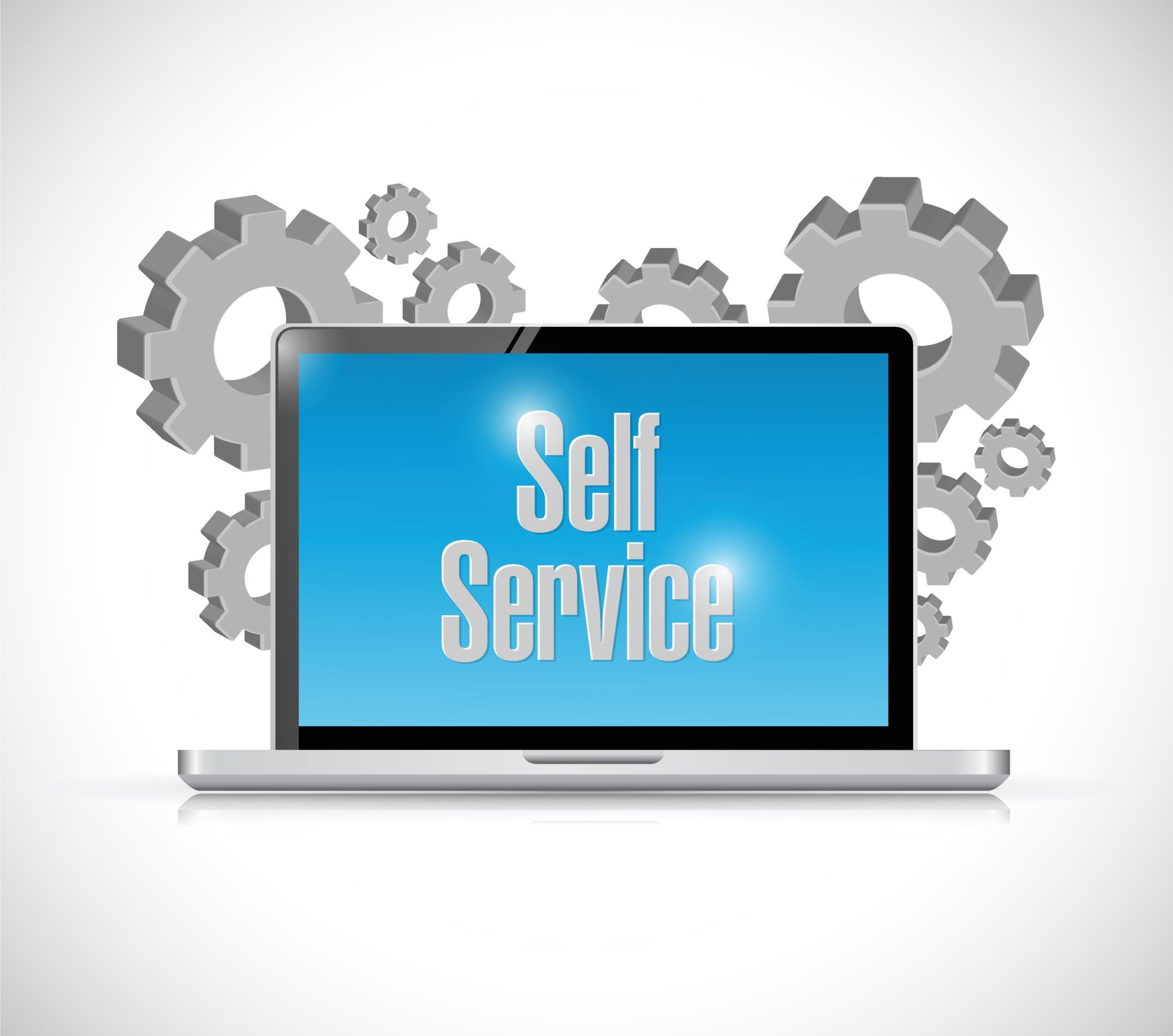An online self-service portal is the most effective way to give your customers the support they’re looking for while reducing your live support team’s workload. These metrics can measure your portal to ensure customers are getting the personalized care they need.
Building a Robust User Self-Service Portal
Start your performance measuring process by answering three questions:
- How many users are interacting with your self-service portal?
- How engaged are these users and how successful are they in getting the solutions they need?
- How many internal resources have been freed and what is the customer self-service ROI?
Once these benchmarks are in place, you can get down to the business of measuring how well you’re doing with helping customers help themselves.
How to Measure the Performance of a Self-Service Portal
Most organizations have similar goals for their self-service offering. But many also fall short in tracking and monitoring performance.
So, first things first. Set goals for your self-service portal:
Define how the portal will support your organizational goals. For example, are there ways to reduce onboarding and training support so internal processes can be focused on and improved upon?
Engaged customers are empowered ones. Increase engagement, comprehension, and trust; your customers will value what you offer.
How can you improve the overall customer experience? Look for fast and easy ways to find information. Avoid information overload.
Decide Which Success Metrics to Track
The metrics you track depend on how you define success. One of the most important statistics you want to verify is whether your customers are servicing themselves successfully. A good indicator they’re struggling is if a high number of customers re-submit tickets.
For a more detailed picture, track key metrics, including:
- Abandon rate – How many customers fail to find the information they need?
- Customer effort – How hard must customers work to find what they need? Do they repeatedly use various methods like chatbots, emails, or FAQs as well as live agents? If several attempts are needed to solve the same problem, your self-service portal is not operating at optimal efficiency.
- Customer satisfaction – By analyzing call recordings and asking customers to take a short survey after using your portal, you can determine how satisfying the support experience was.
- Escalation rates – How many customers ask for a live agent after first using the portal? Are they getting through to an agent to resolve their issue on the first call?
- Return on investment – When calculating ROI, look to whether costs have been reduced. The quickest and simplest way to make this calculation is by comparing the number of live contacts made before and after implementing the self-service portal. Costs should be lower due to less agent time spent with successful self-service customers.
Soft metrics like improved customer satisfaction and website stickiness should also be analyzed.
What You Can Do
Lynn Hunsaker, Chief Customer Officer at ClearAction Continuum, tells companies to focus on offering customers the experiences they ask for, which includes a web-based self-service portal.
“To be customer-centric and to drive the best results through customer experience management,” she says, “We have to put the customer’s shoes on and approach everything that way.”
When organizations align daily decisions with core customer expectations, they can achieve great things for those they serve while improving the bottom line.
The bottom line?
A self-service portal is only successful if the result is happy customers remaining loyal to your brand. Measuring its performance should be a regular feature of your company’s self-service strategy.







